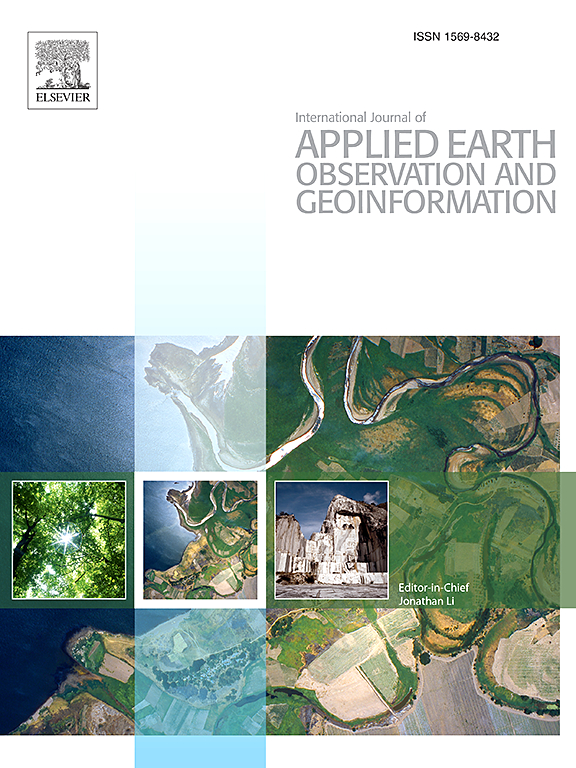3D-UMamba: 3D U-Net with state space model for semantic segmentation of multi-source LiDAR point clouds
IF 7.6
Q1 REMOTE SENSING
International journal of applied earth observation and geoinformation : ITC journal
Pub Date : 2025-02-01
DOI:10.1016/j.jag.2025.104401
引用次数: 0
Abstract
Segmentation of point clouds is foundational to numerous remote sensing applications. Recently, the development of Transformers has further improved segmentation techniques thanks to their great long-range context modeling capability. However, Transformers have quadratic complexity in inference time and memory, which both limits the input size and poses a strict hardware requirement. This paper presents a novel 3D-UMamba network with linear complexity, which is the earliest to introduce the Selective State Space Model (i.e., Mamba) to multi-source LiDAR point cloud processing. 3D-UMamba integrates Mamba into the classic U-Net architecture, presenting outstanding global context modeling with high efficiency and achieving an effective combination of local and global information. In addition, we propose a simple yet efficient 3D-token serialization approach (Voxel-based Token Serialization, i.e., VTS) for Mamba, where the Bi-Scanning strategy enables the model to collect features from all input points in different directions effectively. The performance of 3D-UMamba on three challenging LiDAR point cloud datasets (airborne MultiSpectral LiDAR (MS-LiDAR), aerial DALES, and vehicle-mounted Toronto-3D) demonstrated its superiority in multi-source LiDAR point cloud semantic segmentation, as well as the strong adaptability of Mamba to different types of LiDAR data, exceeding current state-of-the-art models. Ablation studies demonstrated the higher efficiency and lower memory costs of 3D-UMamba than its Transformer-based counterparts.
求助全文
约1分钟内获得全文
求助全文
来源期刊

International journal of applied earth observation and geoinformation : ITC journal
Global and Planetary Change, Management, Monitoring, Policy and Law, Earth-Surface Processes, Computers in Earth Sciences
CiteScore
12.00
自引率
0.00%
发文量
0
审稿时长
77 days
期刊介绍:
The International Journal of Applied Earth Observation and Geoinformation publishes original papers that utilize earth observation data for natural resource and environmental inventory and management. These data primarily originate from remote sensing platforms, including satellites and aircraft, supplemented by surface and subsurface measurements. Addressing natural resources such as forests, agricultural land, soils, and water, as well as environmental concerns like biodiversity, land degradation, and hazards, the journal explores conceptual and data-driven approaches. It covers geoinformation themes like capturing, databasing, visualization, interpretation, data quality, and spatial uncertainty.
 求助内容:
求助内容: 应助结果提醒方式:
应助结果提醒方式:


